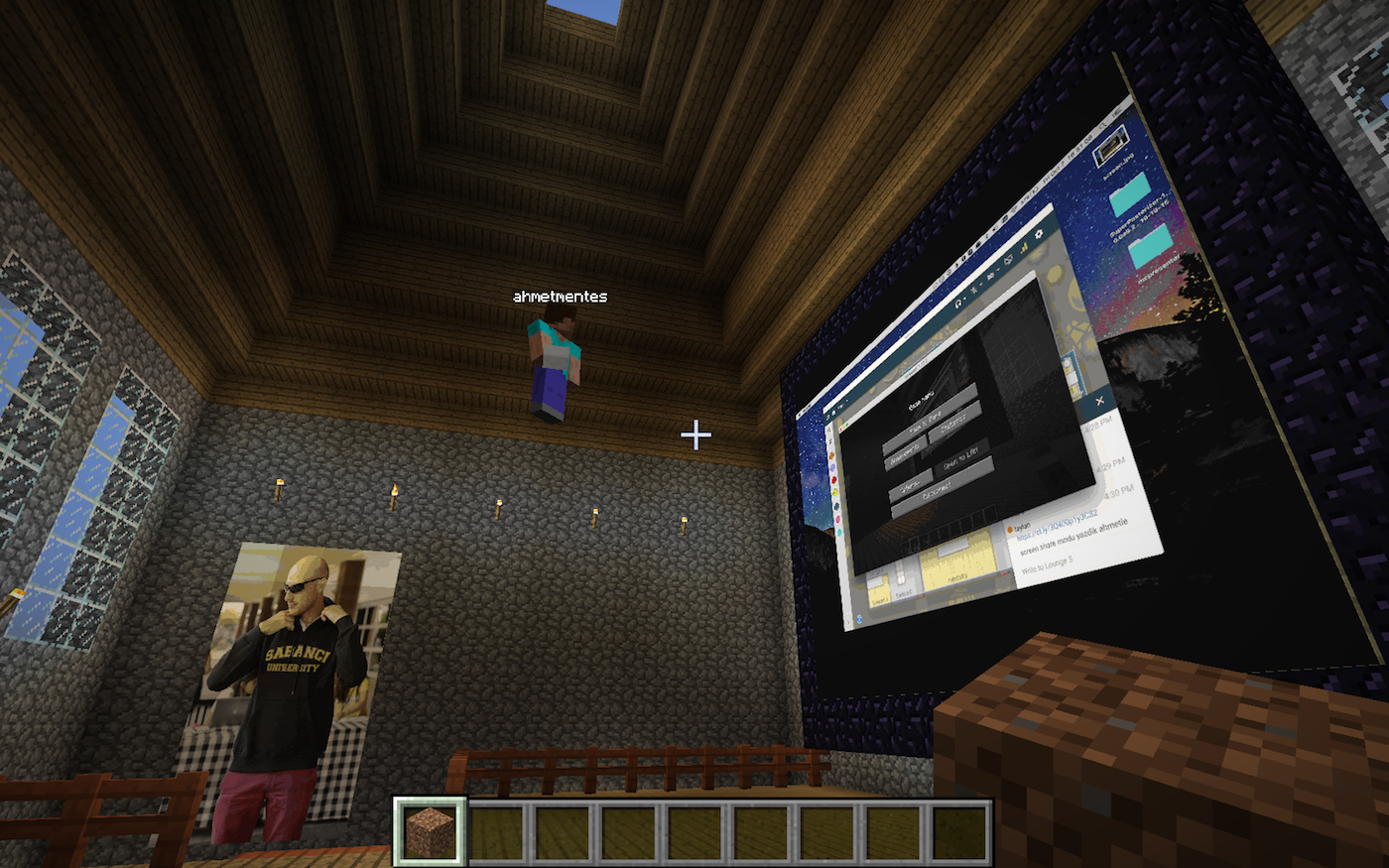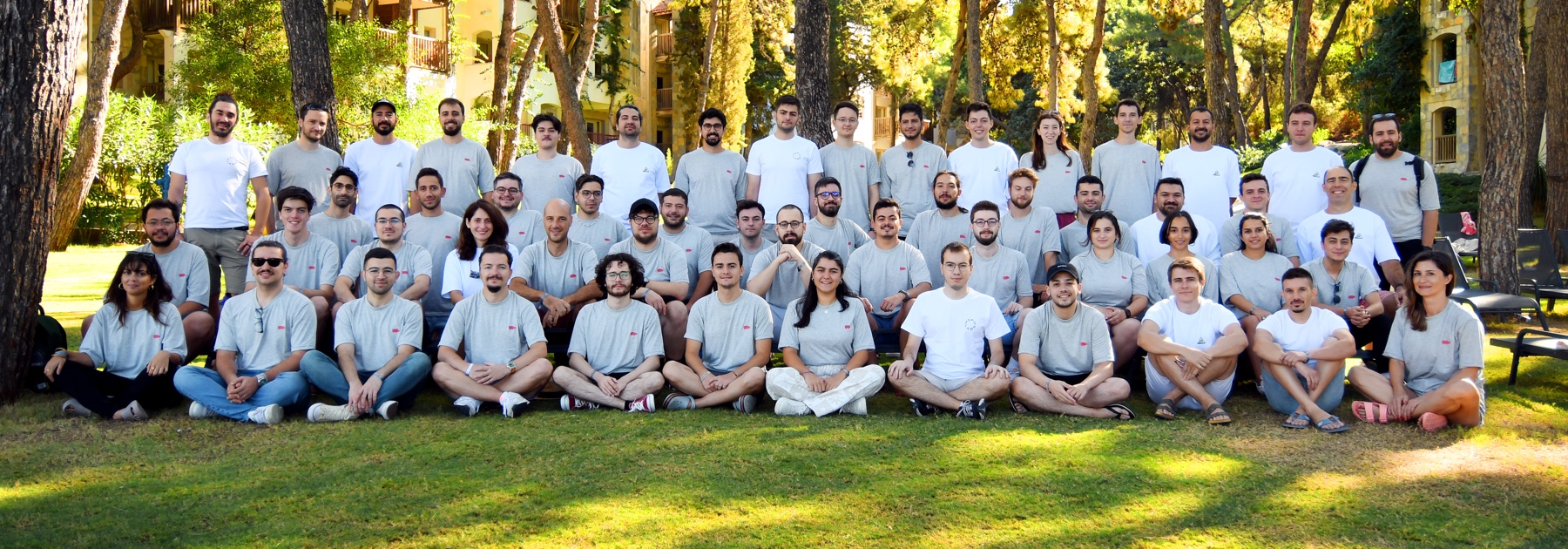It was 2015 when I first encountered the idea of a remote-first team culture. Before that, I had been working with clients at Hipo remotely for many years. However, I mostly worked from the same office with our internal team. We had a very flexible culture, and we were used to working online from different locations. So, we thought it would be easy to have some remote team members. Spoiler alert: It was not.
Everybody Moving Everywhere
The main reason for switching to a remote-friendly setup was the team’s desire to move away from Istanbul. I was getting ready to move back to Toronto, we had enough of expat life in Turkey. A few people were moving to Europe, and others wanted to move to smaller, less chaotic cities in Turkey. Within a span of 6 months, we went from being in the same physical location to being dispersed across 8 time zones.
To make it work, we focused on tooling. We were already on Slack back then, being one of the first adopters of it. We doubled down on video calls, and tried every imaginable telepresence tool available to synchronize the happenings at the office in Istanbul with all the remote team members.
Recreating The Office Virtually
By the end of 2016, it was obvious that some things were amiss. From an efficiency perspective, we were nowhere near our in-office days. Culturally, we had grown apart and people barely spoke to each other beyond immediate task needs. The company was falling apart, something had to change. So we started experimenting.
The first knee-jerk reaction to this realization was that we had to recreate our office in a virtual environment. We were still nostalgic for our in-office days, and we thought we could capture its essence, only if we had a virtual space to do it in. I looked into all kinds of solutions, and even built a little macOS app that prototyped the interactions. We had a stint using a tool called Sococo for a bit. In the end, all of these were failures and we didn’t see enough engagement.

On the culture side, we also experimented with bringing back the “everyone in the same room” experience to our weekly lightning talks. I set up a Minecraft server and added some mods to it, literally “rebuilding” the office in the Minecraft world. It was fun, and we had some interesting lightning talks in the “metaverse”. In the end, though, these were also failed experiments.
Embracing Remote-First
After two years of trial and error, we finally accepted our new reality in 2017. Trying to bring back the office was a mistake, since the physical collaboration could never be the same as the virtual one. We needed a paradigm shift, a new way of thinking about how we worked together. Over the following months, I formulated what our core tenets of remote work would be:
Async-First
Remote work, especially across different time zones, doesn’t lend itself well to synchronous communication. Embracing an async-first attitude was probably the most critical aspect of making it work well. We switched to a written model of communication, rather than spoken. This meant more documentation, more tickets and over-communicating ideas, updates, and risks. Team members could consume this content at their pace, and synchronous meetings were only used to resolve issues that required significant back and forth.
Public-First
Our team had a tendency to communicate in private channels or with DMs. I noticed that this had a negative impact on being able to catch issues early on, resolve discussions and weigh in on important decisions. Having a public-first mindset meant that all team communication had to be posted in public channels on Slack. This had a tremendous positive impact on efficiency and resulted in less issues surfacing after-the-fact as a surprise.
Level the Playing Field
Since we still had the office in Istanbul, our team had a tendency to join group calls from the same room, with remote team members dialling in. This resulted in poor communication standards and remote people feeling left out from the conversation. I brought in a rule to have everyone join in separately, even if there was only one remote person in the meeting. By levelling the playing field for all team members, we established improved presence in meetings.
Regularly Sync In-Person
Finally, nothing beats an in-person sync. At least twice a year, we established team meetups to happen in person. Once a year, we hold our Hipocation retreat for the whole Hipo team. This had a tremendous positive impact on the team morale, growing personal relationships and establishing better social ties. We extended the feeling in these meetups by continuing our remote lightning talks (Hipotalks) every Thursday, without missing a beat.
There is a lot of discussion nowadays about companies that abruptly switched to remote and are now switching back to hybrid models. In my opinion, hybrid is a mistake, it’s essentially the worst of both worlds. Companies that believe in the power of remote work should double down on remote-first.
